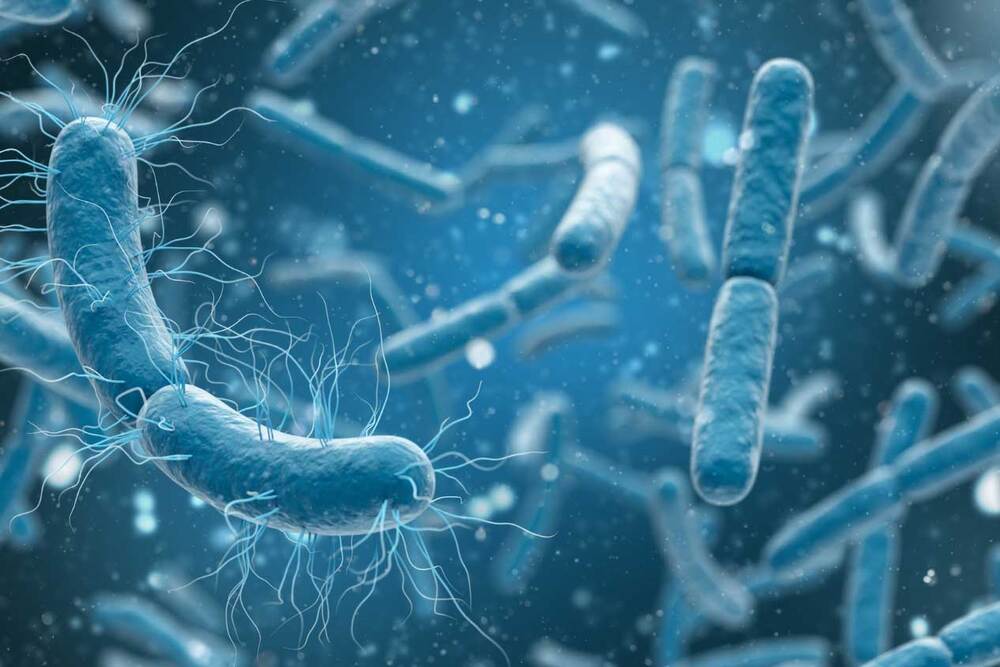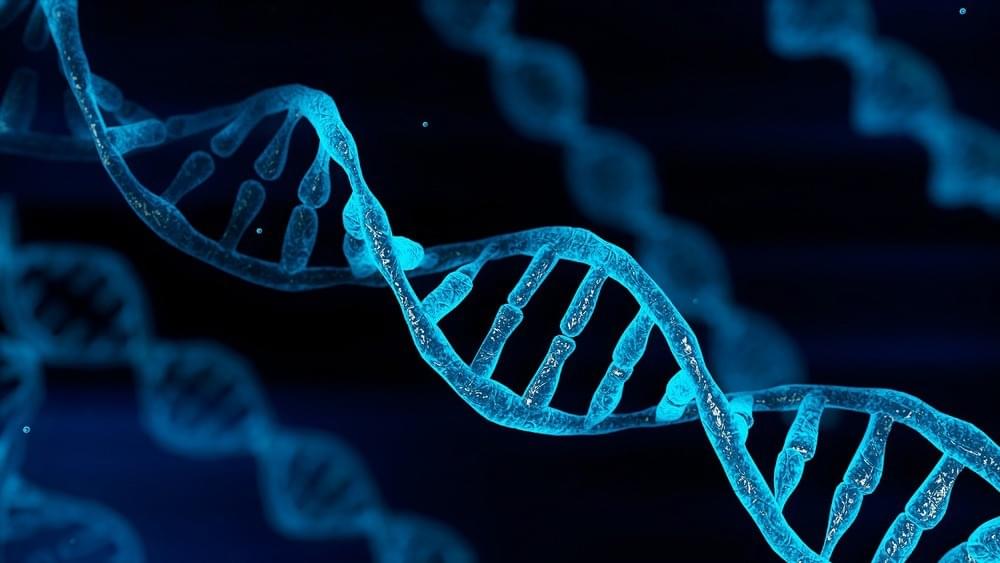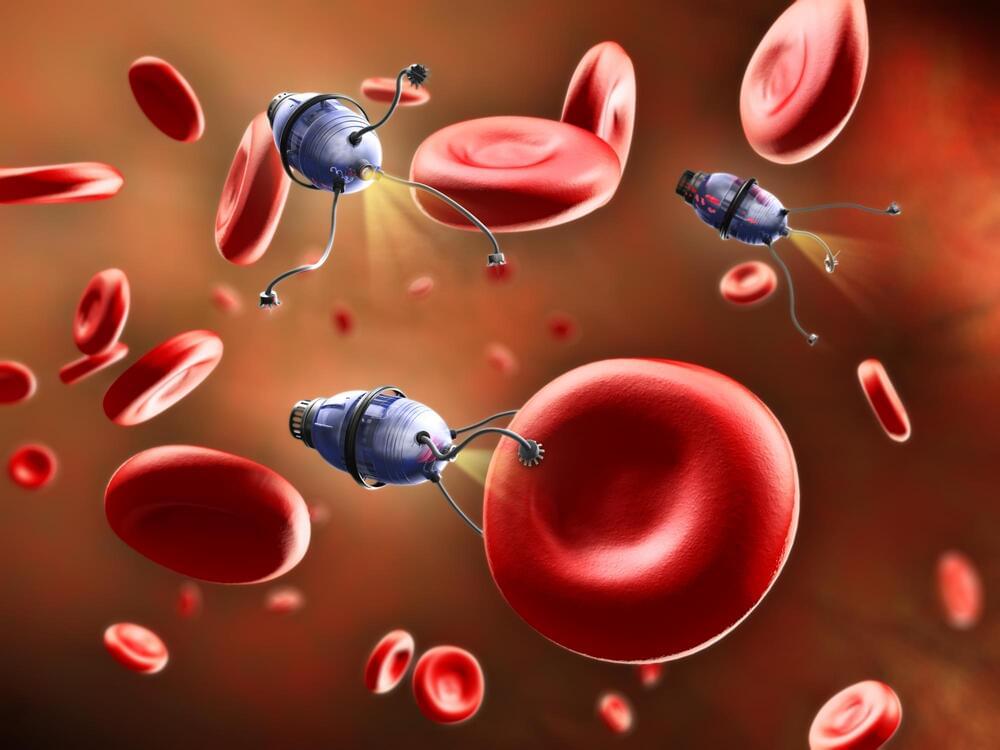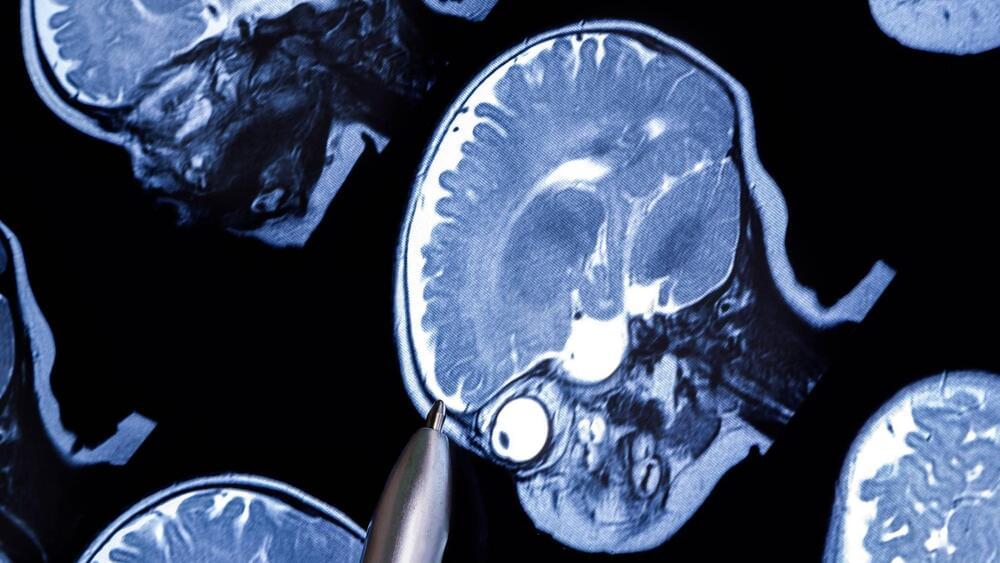Easy navigation in a rugged fitness landscape.



In a recent study published in the journal Scientific Reports, researchers compare whether insulin-and non-insulin-based insulin resistance (IR) markers could predict the risk of non-alcoholic fatty liver disease (NAFLD) in obese and non-obese individuals with no history of diabetes or hepatitis.
Study: Markers of insulin resistance associated with non-alcoholic fatty liver disease in non-diabetic population. Image Credit: Jo Panuwat D / Shutterstock.com.

About 10–15% of pregnancies fail after conception has been recognized, amounting to 23 million losses a year. Chromosomal anomalies underlie many embryonic and fetal losses, but their exact frequency and localization to the embryo or placenta are still unclear. A new study published in Nature Medicine reports on a chromosomal analysis of over 1,700 spontaneous early miscarriages.
The most common period of pregnancy loss is before the ninth week, though many may occur earlier and pass unrecognized. While about 11% of women have at least one miscarriage, the proportion goes down with two or three, at 2% and 0.7. respectively.

Implants and tiny machines could eventually be working inside our bodies to help treat disease or monitor activity, but letting them communicate is tricky. Now scientists at EPFL have developed a system whereby devices can communicate by releasing molecules into a patient’s bloodstream.
Biomedical implants play a key role in healthcare, monitoring activity in organs like the heart or brain, while recent research is investigating how nanoscale robots might one day swim or crawl through the body to fight disease. But these systems have a communication issue.
Running wires through the body is not only impractical, it’s an infection risk. And wireless technologies like radio, light and Bluetooth don’t travel through human tissue very efficiently, drastically limiting their range.
CU Cancer Center member, Michelle Springer, MS, CGC, presents “Genetic Testing for Family Members” at the Hereditary Cancer Conference.
Keynote lecture at Neuroinformatics 2016 in Reading, United Kingdom.
TRACK I — NORMAL DEVELOPMENT / COGNITION
Talk title: Typical and atypical development of large-scale brain networks.
Speaker: Vinod Menon, Stanford School of Medicine, USA
About INCF
The International Neuroinformatics Coordinating Facility (INCF) is an international non-profit organization devoted to advancing the field of neuroinformatics and global collaborative brain research. Learn more about INCF: www.incf.org
Nervous systems are complex networks, comprised of billions of neurons connected by trillions of synapses. These connections are subject to specific wiring rules that are thought to result from competitive selection pressures to minimise wiring costs and promote complex, adaptive function. While most connections in the brain are short-range, a smaller subset of metabolically costly projections extend over long distances to connect disparate anatomical areas. These long-range connections support integrated brain function and are concentrated between the most highly connected network elements; the hubs of the brain. Hub connectivity thus plays a vital role in determining how a given nervous system negotiates the trade-off between cost and value, and natural.
selection may favour connections that provide high functional benefit for low cost.
Consistent with this view, Professor Alex Fornito will present evidence.
that hub connectivity is under strong genetic control. He will show that the strength of connectivity between hubs in the human brain is more heritable than connectivity between other nodes, and that the genetic variants influencing hub connectivity overlaps with those implicated in mental illness and intelligence. He will also discuss the progress and challenges of developing generative models that evaluate the role of different cost-value trade-offs in driving complex brain topology.
Professor Fornito completed his Clinical Masters (Neuropsychology) and PhD in 2007 at The University of Melbourne before undertaking postdoctoral training at the University of Cambridge, UK. In 2013, he assumed his current position at the Turner Institute of Brain and Mental Health, where he is Head of the Brain Mapping and Modelling Theme, Co-Director of the Brain, Mind, and Society Research Hub, and a Sylvia and Charles Viertel Senior Medical Research Fellow.
Alex’s research concentrates on developing new imaging techniques for mapping human brain connectivity and applying these methods to shed light on brain function in health and disease.
“The Vibrating Glove Can Control Parkinson’s Symptoms.”
This session will discuss the exciting new vibrating glove that he has developed to alleviate tremor, stiffness, abnormal walking, slow body movement and balance problems associated with Parkinson’s Disease and other movement disorders. Hear from Dr. Tass on the vibrating glove and how it can improve your symptoms and quality of life.
This video discusses how monoclonal antibodies may be valuable tools against the growing threat of antimicrobial-resistant bacteria, explores their bacteria-killing mechanisms, and highlights their potential as adjuvant therapies to antibiotics.
Link to script and all references:
https://docs.google.com/document/d/1jxjCI51yXLPjsEyBD6KsO6X4…sp=sharing.
Production Director: Neil Lin.
Video Editor: Neil Lin.
Scriptwriter: Neil Lin.
Narration & Script Editing: Nishaad Sheth.
With Audio & Graphics Help From: James Wang & David Klitovchenko

“DT-MRI captures these abnormal connections that lead to the symptoms that children with autism often have, such as impaired social communication and repetitive behaviors.”
When it comes to autism, early diagnosis is key for effective intervention and support.
When it comes to autism, early diagnosis is key for effective intervention and support. Now, a newly created artificial intelligence (AI) system has been found to have the ability to diagnose children with autism between the ages of 24 and 48 months with a rate of 98.5 percent accuracy.
DT-MRI scans used
The innovation uses a process that categorizes diffusion tensor MRI (DT-MRI) scans of the brain, which refers to a specialized technology that detects how water moves along white matter tracts in the bodily organ.